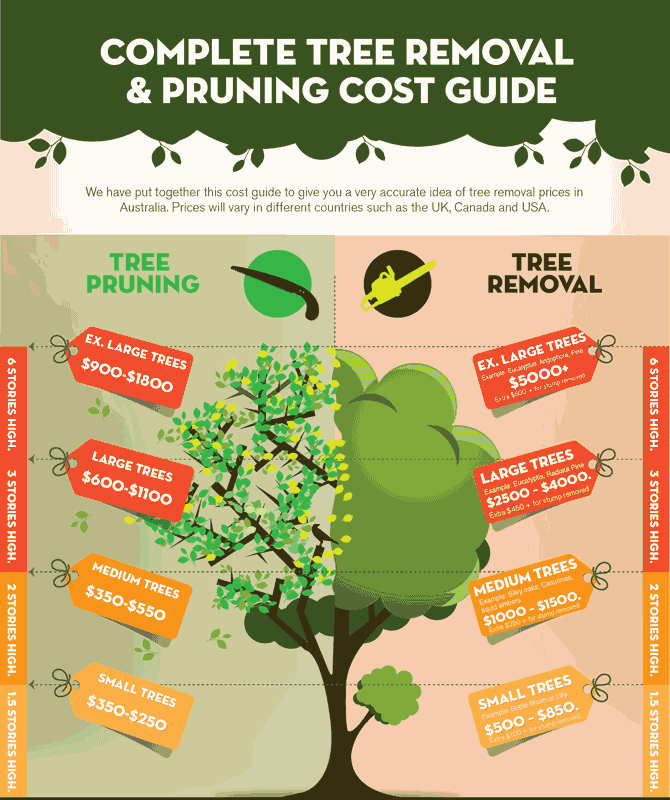Signs Suggesting The Requirement For Tree Elimination: Identifying Risky Trees
Signs Suggesting The Requirement For Tree Elimination: Identifying Risky Trees
Blog Article
Authored By-Reid Emerson
When it involves tree treatment, identifying the indications that it's time for removal is essential for your safety and security and building. You could notice blemished fallen leaves, wilting branches, or weird fungal developments showing illness. Structural issues, like a significant lean or splits in the trunk, can additionally pose dangers. Recognizing these indication can help you make educated choices regarding your trees and stop potential hazards lurking in your backyard. What should you look for following?
Indicators of Degeneration and Disease
When you discover signs of degeneration and condition in your trees, it's crucial to act quickly. Search for discolored fallen leaves, wilting branches, or uncommon growths like fungus. These can indicate that your tree is having a hard time.
If you see fractures in the bark or soft, mushy timber, these signs suggest interior degeneration. Furthermore, discover here in parasites around your tree can signal that it's compromised and susceptible.
Check for any type of dead or dying arm or legs, as they posture a threat to your home and security. If you're uncertain concerning what you see, speaking with an arborist can supply quality.
Addressing these signs early can conserve you from much more extensive damage and ensure the health and wellness of your lawn. Don't wait up until it's too late.
Structural Instability and Leaning
As you observe your trees, keep an eye out for any type of signs of architectural instability or leaning. If a tree leans substantially, it might suggest that the origin system is jeopardized.
Search for any type of cracks in the trunk or dirt around the base; these can signal prospective failure. Additionally, look for unusual development patterns, like an uneven crown, which might recommend that the tree is battling to hold itself upright.
If you observe that the tree leans toward your home, power lines, or various other structures, it positions a higher threat. Don't ignore these indicators-- seek advice from an arborist to assess the situation.
Acting early can prevent expensive damage and guarantee your security.
Dead or Dying Branches and Foliage
If you notice dead or passing away branches and foliage on your tree, it's a clear sign that something's incorrect.
These unhealthy locations can indicate underlying concerns like disease, pest infestations, or ecological anxiety. When branches shed their leaves or transform brown, they're no more contributing to the tree's wellness. Disregarding these signs can bring about more decline, making your tree much more unsafe.
Dead branches can conveniently break short throughout storms, presenting a threat to residential property and individuals nearby. It's vital to examine the extent of the damage.
If https://borax-kills-trees62849.win-blog.com/15940006/vital-safety-tips-for-tree-elimination-what-you-ought-to-know-prior-to-getting-started influences a considerable part of the tree, take into consideration seeking advice from a professional. They can aid determine if elimination is necessary to guarantee safety and security and preserve the appeal of your landscape.
Conclusion
If you observe any signs of decay, architectural instability, or dead branches on your trees, do not neglect them. These signs can position serious safety threats to you and your residential or commercial property. It's always best to consult a specialist arborist who can supply a professional analysis of your trees. Acting early can prevent mishaps and expensive damage, guaranteeing your landscape remains secure and healthy. Keep in mind, it's much better to be aggressive about tree treatment than to await a disaster to take place.
